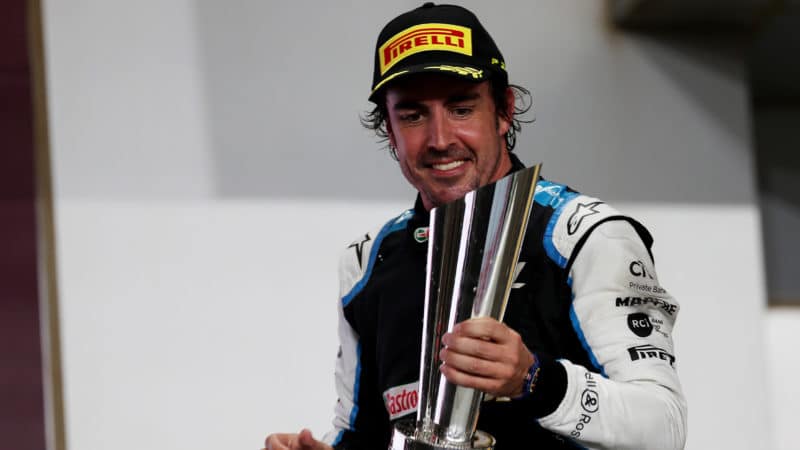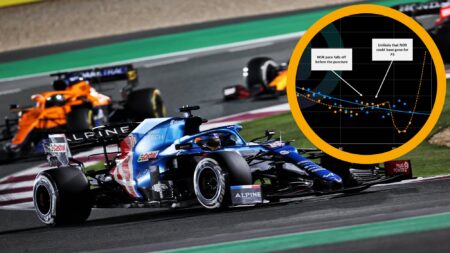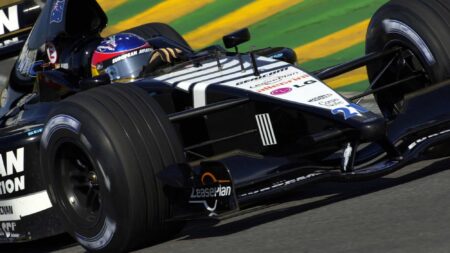Doubts expressed about his prospects coming in weren’t just about whether he’d still be fast, but how he might destabilise the team if it was not at the front, which it has not been. It’s been no more than a solid midfield operation this year, the Alpine quick only on certain types of corners and overall lacking the pace of McLaren, Ferrari and AlphaTauri. That’s hard-wired into the car, yet Alonso continues to be a productive presence and it seems he was aware this was something he had to work on, if Prost’s comments are any guide. “Fernando has always told me that he has become a different person, and I have to say that he was right. He is totally at the service of the team, and that is very good for the team.”
Even Ocon’s victory in Hungary – a possibility created by Mercedes’ strategic blunder of starting Lewis Hamilton alone on the grid and falling to the back when he pitted next lap and Valtteri Bottas taking all the other fast cars out – owed much to Alonso as he brilliantly held off Hamilton for 11 laps, delaying his progress through the field long enough to keep him from arriving on Ocon’s tail before the end. In that 11-lap dice with the Mercedes, Alonso’s incredible racecraft and judgement were on full display, often on the limit of what is permitted but never beyond it, and it’s a heady prospect imagining that such a dice could one day yet still play out at the front as a fight for victory.
“The way he always knows where to be to thwart you, is better than anyone I have ever seen”
The difference between Ocon and Alonso on that day was only where the Bottas-induced first corner chaos had parted in front of them, allowing Ocon to vault up to the front from midfield, but requiring Alonso to run to the outside to avoid the carnage. Alonso surely inside would have been wishing it could have been him to have taken this rare opportunity for victory, but even so seemed genuinely thrilled at the part he’d been able to play in securing it for the team. When the positions were reversed in Qatar, with Alonso running third but the faster Red Bull of Sergio Perez coming through the field and catching Ocon, Alonso understood the situation and relayed to the team that Ocon should ‘fight like a lion’ to keep the Red Bull behind. The DRS was more effective in Qatar than in Hungary so it wasn’t possible for Ocon to delay the chaser for more than a lap or two, but it inevitably one wonders if Alonso could somehow have found a way in the same situation.




